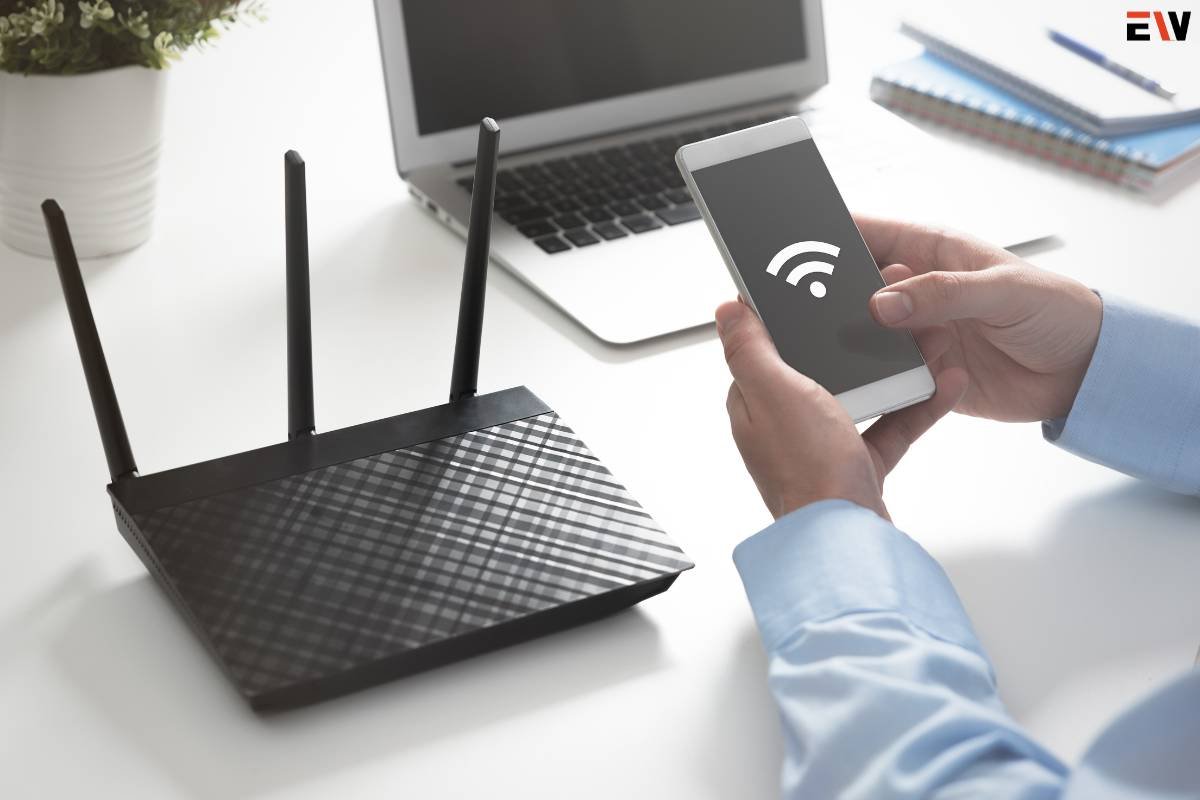Connectivity defines our digital landscape today, and Wireless LAN (Local Area Network) technology stands as a pivotal player. Its evolution has been nothing short of remarkable, shaping how we connect, communicate, and work. Understanding the journey of Wireless LAN Technology from its nascent stages to the cutting-edge advancements of today is crucial to appreciating its impact on our lives.
The Genesis of Wireless LAN Technology
This technology traces its origins back to the 1970s when the first attempts were made to eliminate the constraints of wired connectivity. Experimental systems like ALOHAnet paved the way for wireless communication, albeit in its infancy.
The 1990s marked a significant turning point with the introduction of the IEEE 802.11 standard, which laid the groundwork for modern Non-Wired LAN. The initial speeds were modest, and the technology was in its infancy, but the potential was evident.
Evolutionary Phases
802.11b/g – The Dawn of Consumer Wi-Fi: The early 2000s witnessed the widespread adoption of 802.11b/g standards, heralding an era where wireless connectivity became a household necessity. Speeds improved, and LAN without wires started gaining traction in homes and small businesses.
802.11n – The Era of Enhanced Performance: With the introduction of 802.11n in the late 2000s, significant advancements in speed, range, and reliability were achieved. Multiple input, multiple output (MIMO) technology played a pivotal role in this phase, setting the stage for faster and more robust connections.
802.11ac – The Gigabit Wi-Fi Revolution: Around 2013, 802.11ac revolutionized LAN without wires with gigabit speeds and enhanced performance. This standard significantly improved data transfer rates, enabling seamless streaming, gaming, and data-intensive applications.
Wi-Fi 6 (802.11ax) – The Efficiency Era: Wi-Fi 6 emerged as a game-changer, focusing on efficiency, especially in congested areas with numerous connected devices. Its introduction in the early 2020s promised better performance, reduced latency, and increased capacity, catering to the demands of the burgeoning Internet of Things (IoT) ecosystem.
Wi-Fi 6 (802.11ax) – The Efficiency Era

Wi-Fi 6 emerged as a response to the escalating demands for faster and more reliable connectivity. Building upon its predecessors, this standard introduced several groundbreaking features. Orthogonal Frequency Division Multiple Access (OFDMA) and Target Wake Time (TWT) are among the key advancements that enable more efficient data transmission, especially in congested environments.
Moreover, Wi-Fi 6 emphasizes better power management, making it an ideal choice for battery-operated devices. Its support for more simultaneous connections, increased data throughput, and reduced latency has positioned it as the go-to technology for next-generation applications, from smart homes to industrial IoT solutions.
Impact and Adoption

The impact of these Wireless LAN Technology advancements spans across various sectors. In the corporate world, the transition to Wi-Fi 6 translates to improved network efficiency, enabling businesses to handle the growing number of wireless devices without compromising performance. Moreover, sectors like healthcare, education, and retail benefit immensely from the enhanced capabilities of Wi-Fi 6, fostering better patient care, innovative learning environments, and seamless customer experiences.
The consumer landscape has also witnessed a paradigm shift. From streaming high-definition content to online gaming and smart home integration, Wi-Fi 6 has empowered users with faster, more stable connections, redefining their digital experiences.
Future Outlook and Innovations
Looking ahead, the trajectory of Wireless LAN technology continues to promise exciting innovations. The convergence of 5G networks and Wi-Fi is on the horizon, potentially creating a seamless connectivity experience that leverages the strengths of both technologies. Additionally, advancements in spectral efficiency and the exploration of higher frequencies hold the potential for even greater data speeds and reduced latency.
Furthermore, the integration of LAN without wires with emerging technologies like augmented reality (AR), virtual reality (VR), and edge computing could unlock a new realm of possibilities, revolutionizing how we interact with and perceive digital information.
Challenges and Adoption of Wi-Fi 6

Despite its revolutionary capabilities, adopting Wi-Fi 6 hasn’t been without challenges. Upgrading existing infrastructure to support Wi-Fi 6 can be a significant investment for businesses and organizations. This process often involves replacing hardware and ensuring compatibility across the network ecosystem.
Moreover, educating consumers and enterprises about the benefits of Wi-Fi 6 and encouraging widespread adoption remains a hurdle. However, as the demand for faster and more reliable connectivity intensifies, the transition to Wi-Fi 6 becomes increasingly imperative.
Future Trends and Beyond Wi-Fi 6
Beyond Wi-Fi 6, the trajectory of Wireless LAN Technology is poised for further evolution. Wi-Fi 7, although in its conceptual stages, promises to push the boundaries of connectivity even further. Expectations revolve around even higher data rates, reduced latency, and improved efficiency.










